Short answer: Sometimes.
Also: It depends. 
When teaching trinomials: Probably not.
And quite honestly: This question is irrelevant and should be relegated to the PBL discourse trash bin.
I apologize, folks; today’s post is a bit of a rant because I just read this question in yet another article debating the merits of PBL, and here’s my frustration:
This is simply not a useful question to ask. Teaching, like most other professions, requires nuance, reflection, well-honed skills, structures, and the strategic deployment of tools and knowledge. Asking whether or not PBL is the best way to teach is akin to asking whether or not a hammer is the best tool for building a house.
To dig deeper, let’s do a little reflective exercise that flips our perspective to learning: Think back on this past week and consider all of your activities, whether professional, domestic, or leisurely. In all of those experiences throughout the week, how did you learn new skills and information? How did you demonstrate your learning? Was it always the same? Was there one way that was “the best?”
Here’s kind of a micro example from my own life: Working with one of our school partners, I was recently tasked with designing several new data-tracking spreadsheets; I’d done similar work in the past, but the current request required quite a few upgrades in terms of my knowledge and understanding. So to accomplish this task, I:
- Revisited past work (activated prior knowledge).
- Read many web forum posts about spreadsheet formats.
- Searched for and examined other spreadsheet designs online to spark inspiration.
- Watched YouTube videos to learn how to execute new spreadsheet functions.
- Experimented with a variety of formulas.
- Failed (a lot).
- Got stuck on one particular formula and asked my wife for help (direct instruction!)
- Created multiple designs to compare ideas.
- Shared my work with my colleagues to get valuable feedback.
- Revised my work to incorporate my colleagues’ thinking.
- Shared with our school partners, building their input into a final design.
And now, imagine if someone asked me, “What is the best way to teach someone how to create spreadsheets?” Do you think I would give them one definitive answer? If I only did one of these things, I wouldn’t have nearly the depth of understanding that I can now extend to new projects in the future.
Project-based learning is like a multi-tool in your toolbox; it has a lot of value and versatility in a classroom, but it’s not going to be the tool for every situation. The reality is there are many different strategies that you can use to build better instruction. But teaching and learning isn’t like March Madness. We’re not going to eventually bracket our way to some Ultimate Instructional Approach that works across all contexts, for every student, or for all subject matter. To frame PBL (or any instructional tool) in that way, is to take the focus away from what’s really important–how might we best support each unique student’s thinking, learning, and thriving, each and every day?
Let’s start asking that question instead.






